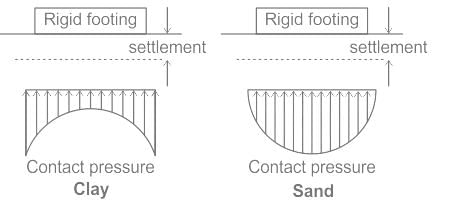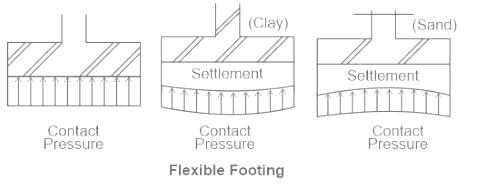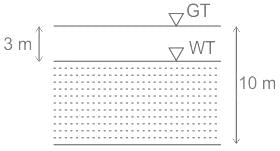Test: Effective & Neutral Stress - Civil Engineering (CE) MCQ
10 Questions MCQ Test - Test: Effective & Neutral Stress
What is the value of effective stress if the neutral pressure is X and the value of total stress is Y?
The water level in a lake is 5m above the bed, and the saturated unit weight of lake bed soil is 20kN/m3. The unit weight of water is 10 kN/m3. What is the effective vertical stress at 5m depth below the lake bed?
Directions : Select your answer to following question using the codes given below :
Codes :
Assertion A : When a saturated soil mass is subjected to loading, the total stress is shared between the soil skeleton and the pore water.
Reason R : Total stress is equal to the sum of the effective stress and pore water pressure.
Codes :
Assertion A : When a saturated soil mass is subjected to loading, the total stress is shared between the soil skeleton and the pore water.
Reason R : Total stress is equal to the sum of the effective stress and pore water pressure.
Arrange the following to explain the shrinkage of the soils.
I. Compression in soil
II. Formation of meniscus
III. Reduction in volume
The degree of shrinkage does not depend upon _________
Free swell ceases when the water content reaches ________
Slaking is due to the ______ into the drying of the soil below the shrinkage limit.
Contact pressure for flexible footing on any type of soil is:-
What is the effective stress at a depth of 10 m below the ground level, when water table is 3 m below ground level, saturated density is 20 kN/m3 and bulk density is 18 kN/m3?






















